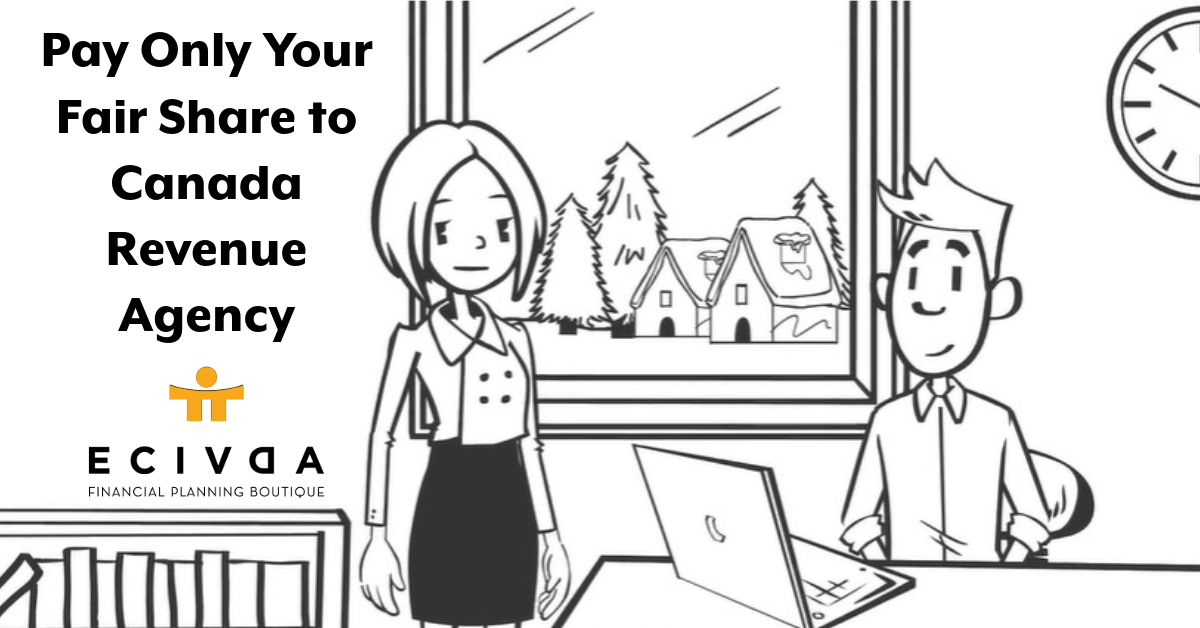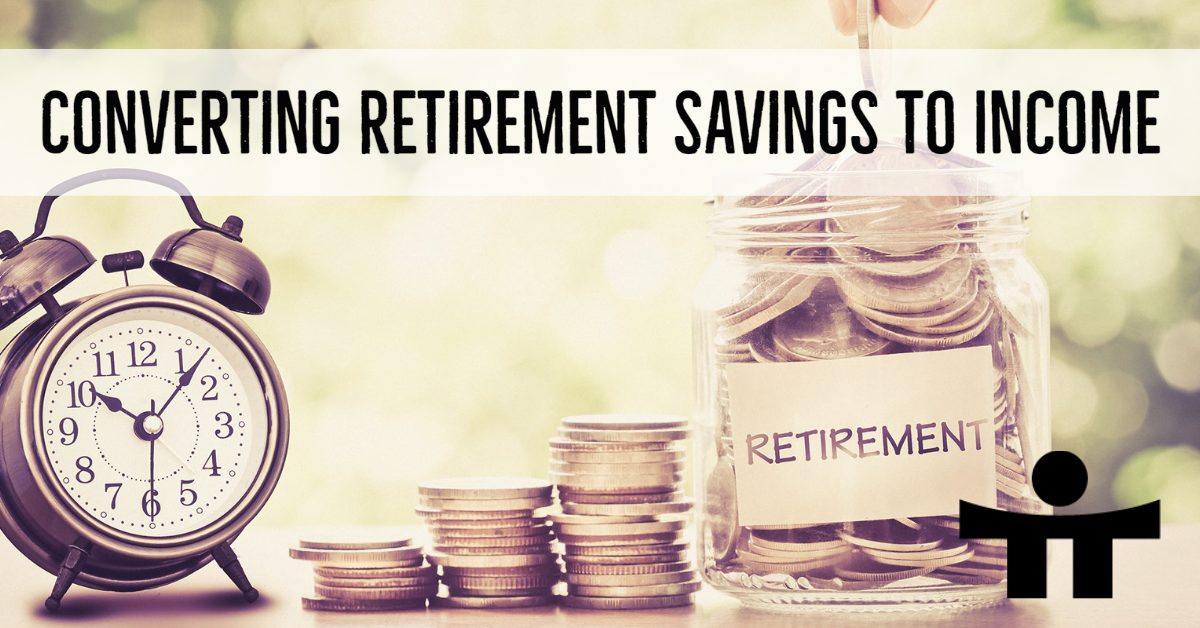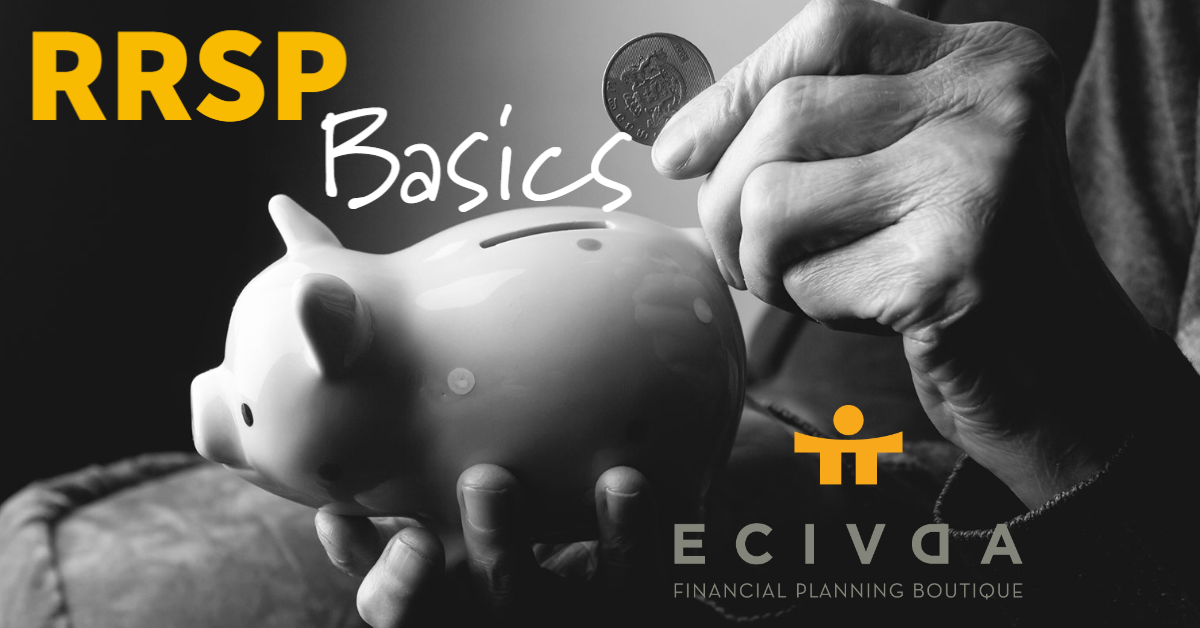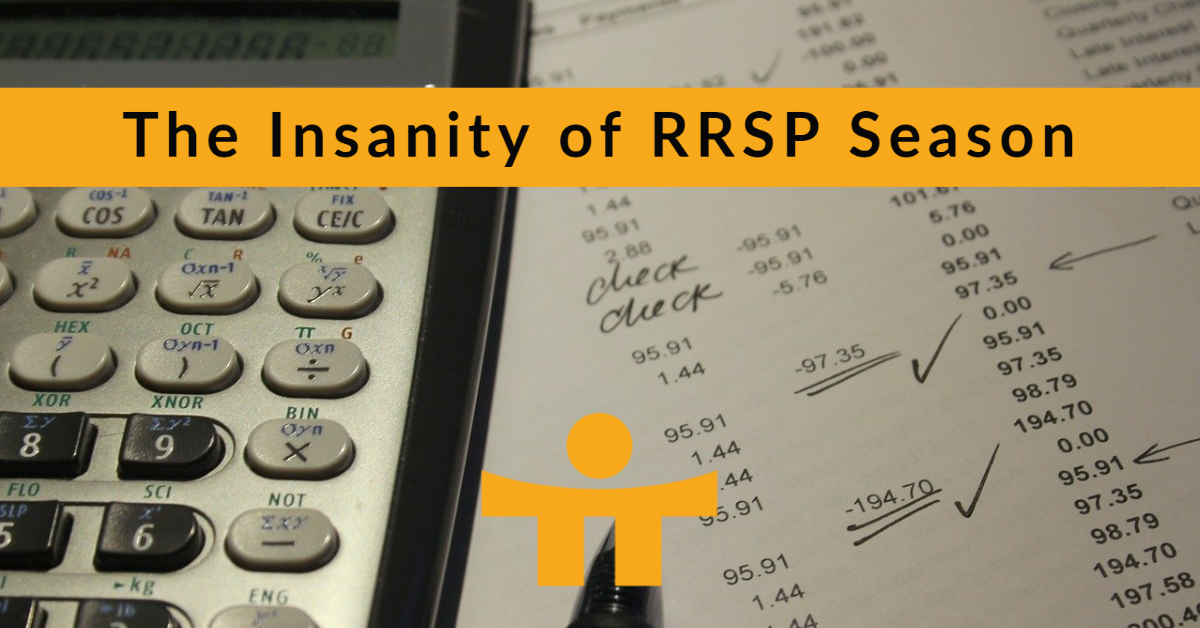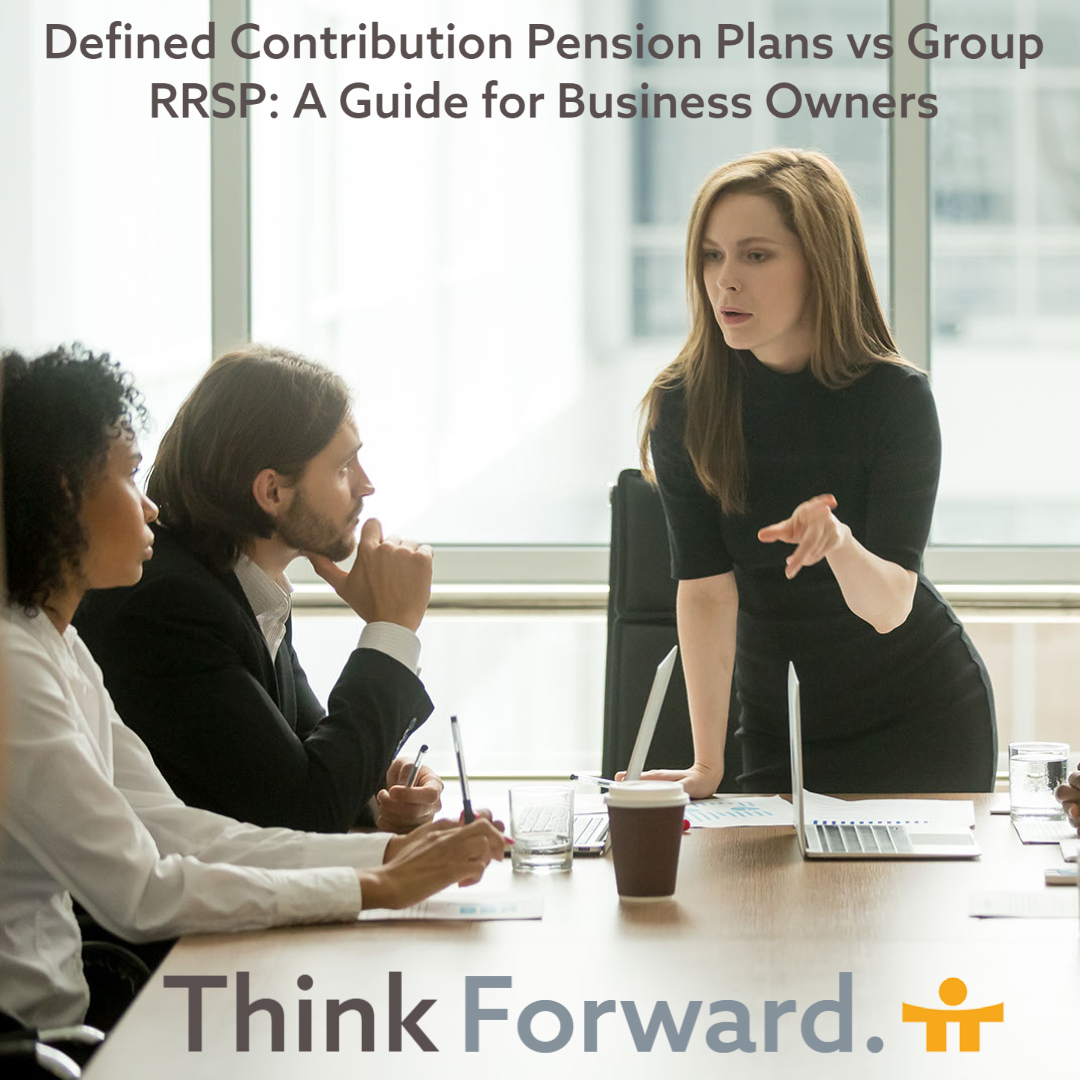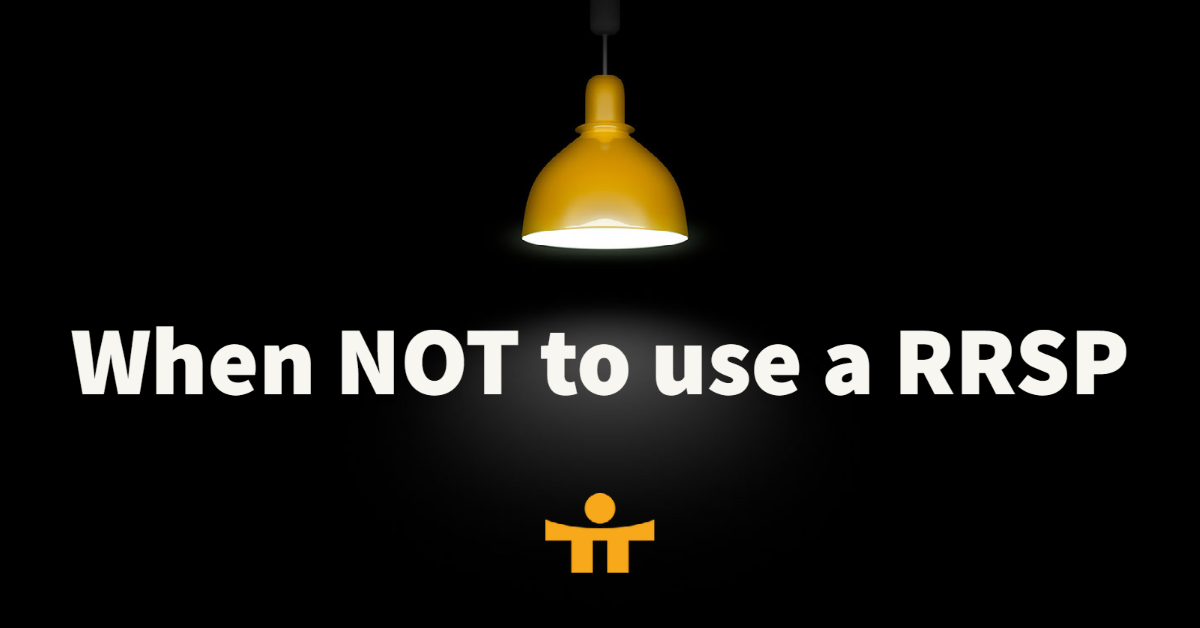 By: Louai Bibi, Advisor Associate
By: Louai Bibi, Advisor Associate
So many Canadians are saving for their first home. Some of us might be on the brink of making that lifechanging purchase, others may still have some time ahead of them. Regardless of your timeline, we often ask ourselves questions like:
- Should I invest this money?
- What account suits my personal circumstance the best?
- What are the pros & cons of each account?
I’ll preface by saying that if you are considering accessing your money within a 48-month window, we advise against investing in the market. While markets generally trend upwards most of the time (you might not feel like it if you started investing in 2022), we don’t have a crystal ball and we’d rather play it safe & ensure your hard-earned savings stay intact if markets happen to experience short-term volatility.
In terms of what accounts are available for first-time homebuyers, you have four great options:
- A generic savings account
- A tax-free savings account (TFSA)
- A registered retirement savings account (RRSP)
- A first home savings account (FHSA)
Your savings account is a great place to store your money when we’re on the brink of purchasing your home (think 48-month timeline, as we discussed above). The TFSA, RRSP, & FHSA all generally entail investing your money in the market. So how do you differentiate which account makes the most sense for you?
Well, let’s start with understanding what benefit each account offers a first-time home buyer:
The TFSA
The TFSA offers tax-free growth when you invest, so if your money grows from $50,000 to $100,000, you get to withdraw $100,000 tax-free, with no penalties and/or restrictions. This is pretty great in my eyes, as the last thing a first-time home buyer should be concerned with is taxes when they are going through an exciting life change. If you later decide purchasing a home no longer makes sense for you or that you need to push out your timeframe, you can keep trucking along & growing your wealth tax-free.
The RRSP
While primarily, used for retirement savings, first-time home buyer’s have an advantage when saving within this account. It’s widely known as the home buyer’s plan (HBP), which allows you to withdraw up to $35,000 from your RRSP to put towards the purchase of your first home. Generally, when you withdraw from a RRSP, that amount is taxed as income. When a RRSP withdrawal is for your first home, you can withdraw this money tax-free. The catch is that after a couple years, you need to begin paying back 1/15th of the amount you withdrew from your RRSP over the next 15 years. By participating in the HBP, you’ve essentially loaned yourself those funds from your retirement savings & they slowly need to go back to your RRSP to later fund retirement. This isn’t a ground-breaking implication, but you earlier heard me mention that we don’t have a crystal ball. We don’t know what the future holds & many homeowners are feeling the stress of higher interest rates impact their monthly payments. While a 1/15th of up to $35,000 per year may not feel suffocating to you while reading this, it certainly can add stress to the lives of others who are adjusting to the associated costs of home ownership.
The FHSA
This just launched in 2023 & the majority of financial institutions can’t even open these quite yet, as they are still building out the infrastructure required to be able to handle contributions, withdrawals & CRA reporting. This account shares a few characteristics that the TFSA & RRSP offer. You can contribute up to $8,000 per year (to a lifetime maximum of $40,000) and use these funds towards your home purchase tax-free. By the time 15 years has passed or you turn 71 years old (whichever comes first), you have the option of withdrawing these funds as cash, at which point it becomes taxable to you, or you can transfer the balance to your RRSP on a tax-deferred basis. While you are waiting for the FHSA accounts to be accessible at all financial institutions, you can save in a TFSA and/or RRSP & later transfer this account to the FHSA, with no tax implications. Your contributions are tax-deductible just like your RRSP, which makes this unique from the TFSA.
Here are my favourite parts about this account:
- Remember how I mentioned needing to repay 1/15th of your RRSP HBP withdrawal every year? This concept does not exist when you withdraw from the FHSA for your first home. There is no repayment schedule & I think that will put a lot of minds at ease, especially when we go through times where money is tight.
- When our annual RRSP contribution room is calculated, its often based on a percentage of our earned income. The FHSA annual contribution limit is not linked to our earned income, but rather a set dollar amount prescribed by the government, which is currently $8,000/year. For those who may be newer to Canada and/or just starting their career & haven’t hit their salary potential quite yet, this may be a powerful tool to save!
When you should connect with us for help
You may want help establishing a savings target or building a roadmap to get from goal to reality. For others, our financial circumstances can be complex & may warrant a deeper conversation, like if you are a US citizen, or if you are just trying to understand where this piece of the puzzle fits in your overall wealth plan. Whether you are new a new or existing client, our door is always open to chat. Whether it is me, Mike, Shawn, or Corey, we’ll be happy to help you make an informed decision. Click HERE to book with us.
Conclusion
At this point, we have a baseline understanding of how each account works for first-time home buyers to make an informed decision. I’ve shared a table below that compares the features of the accounts that we have covered in this blog (click HERE for image source). Each of our scenarios are unique, so we do have to assess the merits of using each account on a case-by-case basis. My objective for this blog is to create general understanding of each account, as well as how they may or may not work in your favor. Buying your first home is a significant achievement & you deserve to have the right professionals by your side. Whether you need our advice, or the advice of a mortgage/tax/legal professional, we’ll put you in touch with the right person.
How does the FHSA compare to the RRSP Home Buyers’ Plan and a TFSA?
|
FHSA |
RRSP HBP |
TFSA |
| Contributions are tax deductible |
Yes |
Yes |
No |
| Withdrawals for home purchase are non-taxable |
Yes |
Yes |
Yes |
| Annual contribution amount is tied to income level |
No |
Yes |
No |
| Account can hold savings or investments |
Yes |
Yes |
Yes |
| Unused annual contributions carry forward to the next year |
Yes |
Yes |
Yes |
| For first-time home buyers only |
Yes |
Yes |
No |
| Total contribution amount limit |
$40,000 |
$35,000 |
Cumulative |
| Can check contribution room remaining in CRA MyAccount |
TBD |
Yes |
Yes |
